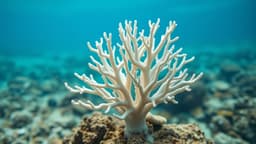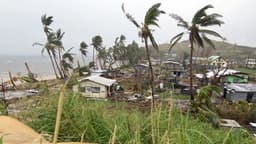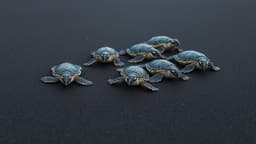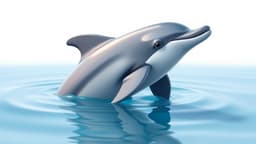Home / Environment / Coral Triangle's Fragile Future: Cryobanks Offer Hope for Endangered Reefs
Coral Triangle's Fragile Future: Cryobanks Offer Hope for Endangered Reefs
6 Oct
Summary
- Coral Triangle, world's richest marine ecosystem, faces grave threats
- Philippines to host Southeast Asia's first coral larvae cryobank
- Cryopreservation technique uses rapid freezing to preserve coral larvae
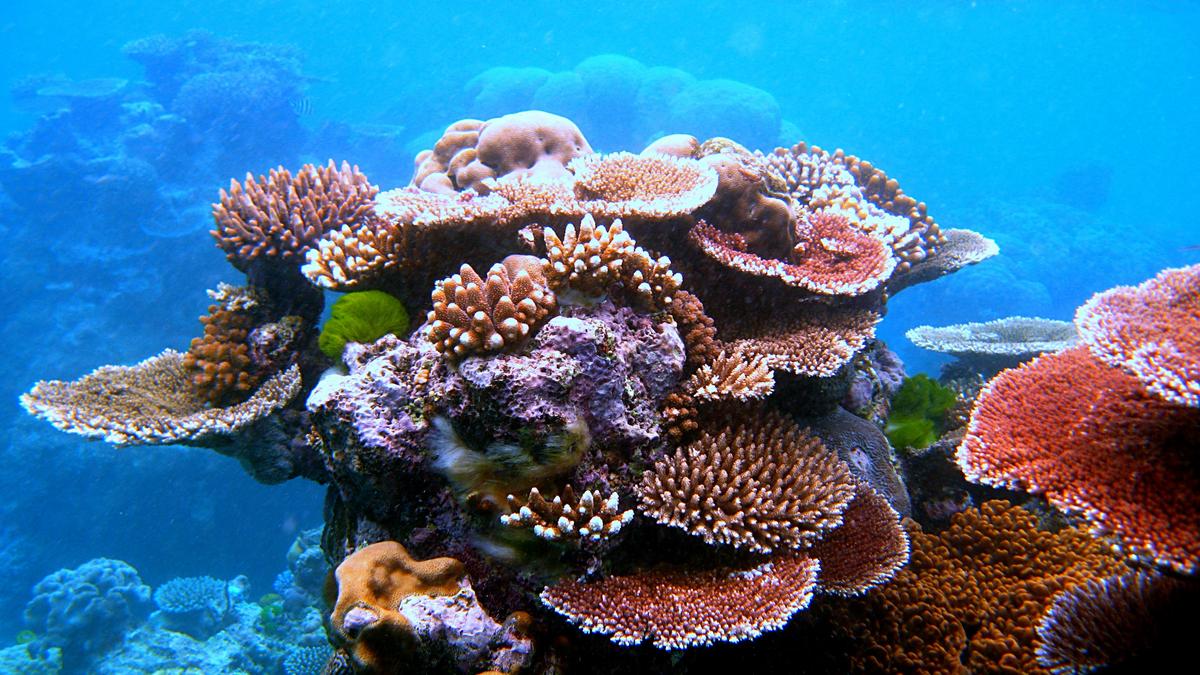
The Coral Triangle, a vast marine ecosystem spanning Indonesia, Malaysia, Papua New Guinea, the Philippines, Solomon Islands, and Timor-Leste, is facing mounting dangers. As of 2025, the planet has lost 14% of its coral reefs since 2009, and scientists warn that without drastic action, 70-90% of live coral cover could be lost by 2050.
In a proactive move, the Philippines is preparing to host Southeast Asia's first coral larvae cryobank. This facility, set up by the University of the Philippines Marine Science Institute, will freeze and preserve the small, free-swimming "seeds" of corals at extremely low temperatures. These preserved larvae can later be used to revive damaged reefs or for research, protecting the genetic diversity that might otherwise be lost.
